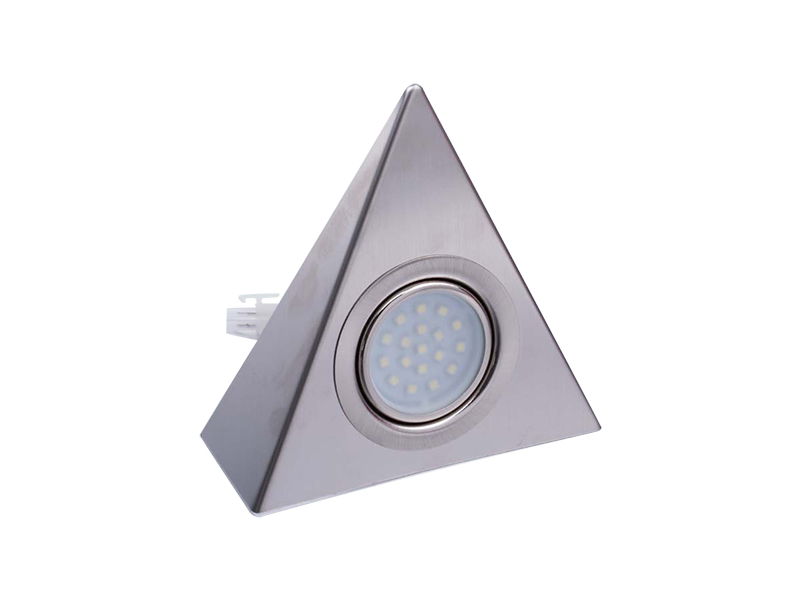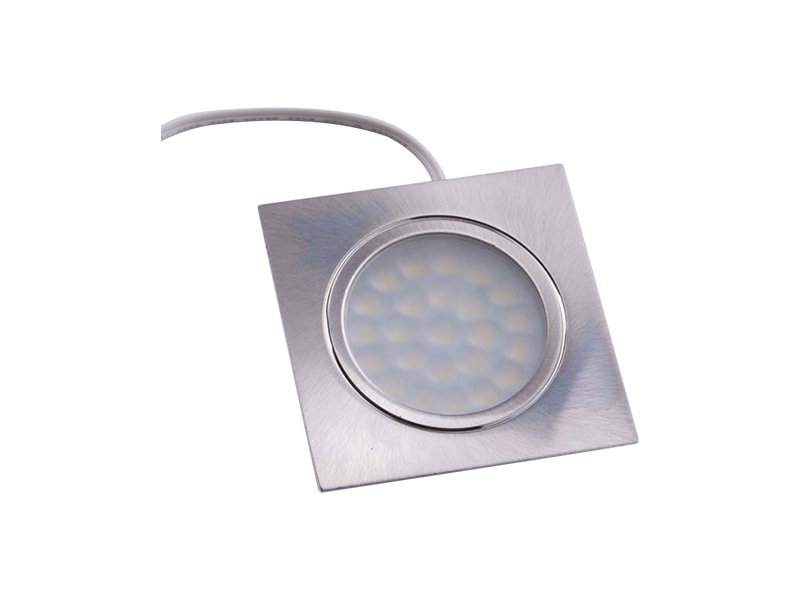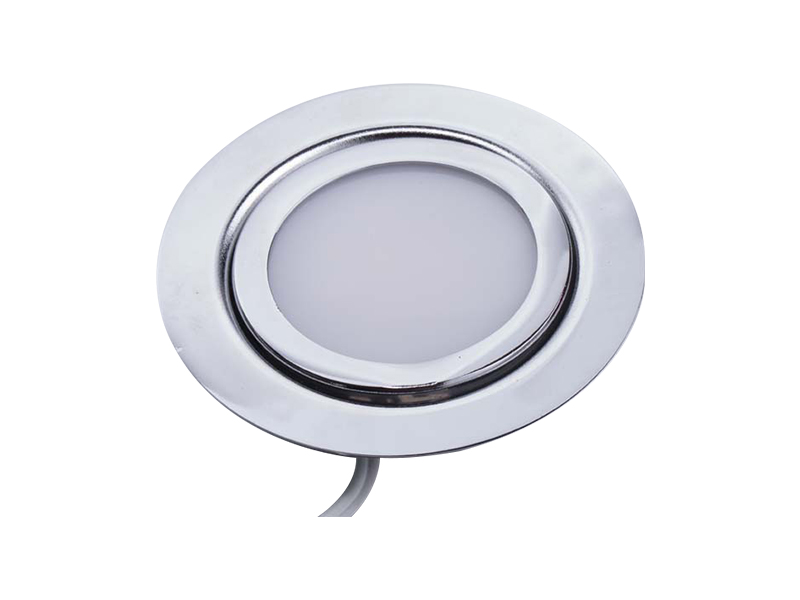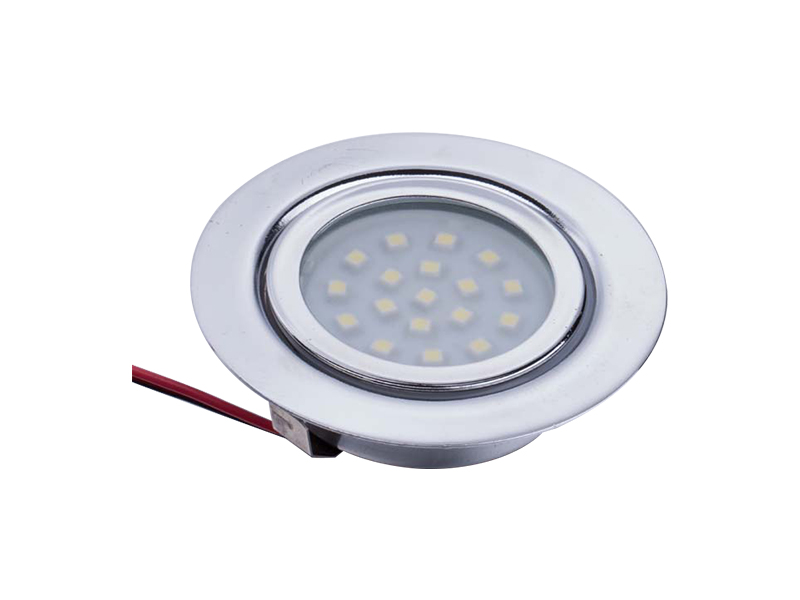-

E-mail:[email protected]
-

Telphone:+86-574-88073028
-

FAX:+86-574-88073029
QR code on
mobile phone
Welcome to Eastkey!
Welcome to Dongke!
Lighting plays a crucial role in the design and functionality of any bathroom. In particular, bathroom mirrors often benefit from additional lighting, which helps provide clarity and enhances the overall ambiance. Traditionally, incandescent and fluorescent light bulbs were used for this purpose. However, with advancements in lighting technology, LED lights have gained popularity, especially for use in bathroom mirrors. LED (Light Emitting Diode) lights are known for their energy efficiency, longevity, and lower environmental impact compared to traditional lighting options.
When comparing the energy consumption of bathroom LED mirror lights to traditional light bulbs, it’s important to understand the basic principles of how each type of light works. Traditional incandescent bulbs produce light by heating a filament until it glows, a process that wastes a significant amount of energy in the form of heat. On the other hand, LED lights use a semiconductor to produce light, which is much more energy-efficient. LED bulbs typically use a fraction of the energy that incandescent bulbs require to produce the same amount of light.
For example, an incandescent light bulb rated at 60 watts produces about 800 lumens of light, while a comparable LED light bulb may use only 8 to 10 watts to produce the same amount of light. This drastic difference in energy consumption is one of the primary reasons why LED lights are considered more efficient and cost-effective in the long run. Additionally, LED lights have a higher luminous efficacy, meaning they can generate more light per watt of energy consumed compared to traditional bulbs.
The energy savings of bathroom LED mirror lights are particularly noticeable due to their low power consumption and long lifespan. Bathroom mirror lights are often used for extended periods during the day or night, especially for tasks such as shaving, applying makeup, or personal grooming. Since LED lights consume less power, they help reduce overall electricity consumption in the bathroom, leading to lower energy bills over time.
Let’s take an example to illustrate the energy savings. If a bathroom LED mirror light uses 10 watts of power and is used for 2 hours per day, the energy consumed in a month would be:
Energy consumption (kWh) = Power (W) × Time (h) / 1000
Energy consumption = 10W × 2h × 30 days / 1000 = 0.6 kWh per month
In comparison, a traditional 60-watt incandescent bulb used for the same 2 hours per day would consume:
Energy consumption = 60W × 2h × 30 days / 1000 = 3.6 kWh per month
As shown in this example, the LED mirror light would consume just 0.6 kWh per month, whereas the traditional incandescent bulb would consume 3.6 kWh per month. This represents an energy saving of about 83%, which can lead to significant reductions in energy costs over the course of a year or more.
One of the additional benefits of LED bathroom mirror lights is their long lifespan. Traditional incandescent bulbs typically last around 1,000 hours, while LEDs can last anywhere between 15,000 and 50,000 hours, depending on the quality of the product. This longer lifespan means that LEDs need to be replaced less frequently, further reducing the environmental impact and the overall cost of ownership.
For example, if a bathroom LED mirror light operates for 2 hours per day, it could last up to 25 years before needing replacement, whereas a traditional incandescent bulb would need to be replaced approximately every year. This difference in lifespan not only results in fewer replacements but also reduces the amount of waste generated from discarded light bulbs.
The energy savings provided by bathroom LED mirror lights have a direct positive impact on the environment. Since LEDs consume less power, they help reduce the demand for electricity generation, which is often powered by fossil fuels. This reduction in energy consumption helps lower the carbon footprint associated with lighting, which contributes to mitigating climate change.
To understand the environmental impact, consider the carbon emissions associated with electricity generation. The carbon intensity of electricity varies by region and the energy mix used, but on average, 1 kWh of electricity produces around 0.4 kg of CO2 emissions. Based on the earlier example, where the LED light consumes 0.6 kWh per month and the incandescent bulb consumes 3.6 kWh per month, the CO2 emissions for each would be:
LED light CO2 emissions = 0.6 kWh × 0.4 kg CO2 = 0.24 kg CO2 per month
Incandescent bulb CO2 emissions = 3.6 kWh × 0.4 kg CO2 = 1.44 kg CO2 per month
Over the course of a year, this amounts to:
LED light CO2 emissions = 0.24 kg × 12 months = 2.88 kg CO2 per year
Incandescent bulb CO2 emissions = 1.44 kg × 12 months = 17.28 kg CO2 per year
In this example, using LED lights instead of traditional incandescent bulbs would reduce CO2 emissions by 14.4 kg per year, which is a notable reduction in the environmental impact of bathroom lighting.
While the initial cost of LED bathroom mirror lights may be higher than that of traditional incandescent bulbs, the long-term savings in energy consumption and maintenance make LEDs a more cost-effective option. The price of an LED bulb typically ranges from $5 to $15, whereas an incandescent bulb can cost as little as $1 to $2. However, since LEDs last much longer and consume less energy, their total cost of ownership over time is significantly lower.
Let’s consider a scenario where you replace an incandescent bulb with an LED bulb that is used for 2 hours a day. Over the course of a year, the energy cost for an incandescent bulb (60 watts) would be:
Energy cost = 60W × 2h × 365 days × $0.12/kWh / 1000 = $5.22 per year
For an LED bulb (10 watts), the energy cost would be:
Energy cost = 10W × 2h × 365 days × $0.12/kWh / 1000 = $0.87 per year
This shows that the annual energy cost for the LED is much lower than the incandescent bulb. Over a 5-year period, the total energy savings would be:
Energy savings = $5.22 - $0.87 = $4.35 per year
Thus, over 5 years, the LED light would save about $21.75 in energy costs, not accounting for the cost of replacing bulbs. Given the longer lifespan of the LED, you would need fewer replacements, further increasing your savings.
In addition to their energy efficiency, bathroom LED mirror lights offer several other advantages that make them a popular choice for modern bathroom lighting. Some of these advantages include:
The energy savings of bathroom LED mirror lights compared to traditional light bulbs are considerable, with LEDs consuming a fraction of the power of incandescent bulbs while providing the same level of brightness. In addition to lower energy consumption, LEDs also have a longer lifespan, further reducing long-term costs and waste. Their environmental impact is also significantly reduced, as they help lower carbon emissions by using less electricity. While the initial investment in LED lights may be higher, the cost savings over time, combined with their improved performance and other advantages, make them a smart choice for bathroom lighting. As more consumers become aware of the benefits of LEDs, it is likely that their use in bathrooms and other areas of the home will continue to increase, contributing to both economic and environmental improvements.
top
E-mail:[email protected]
Telphone:+86-574-88073028
FAX:+86-574-88073029





